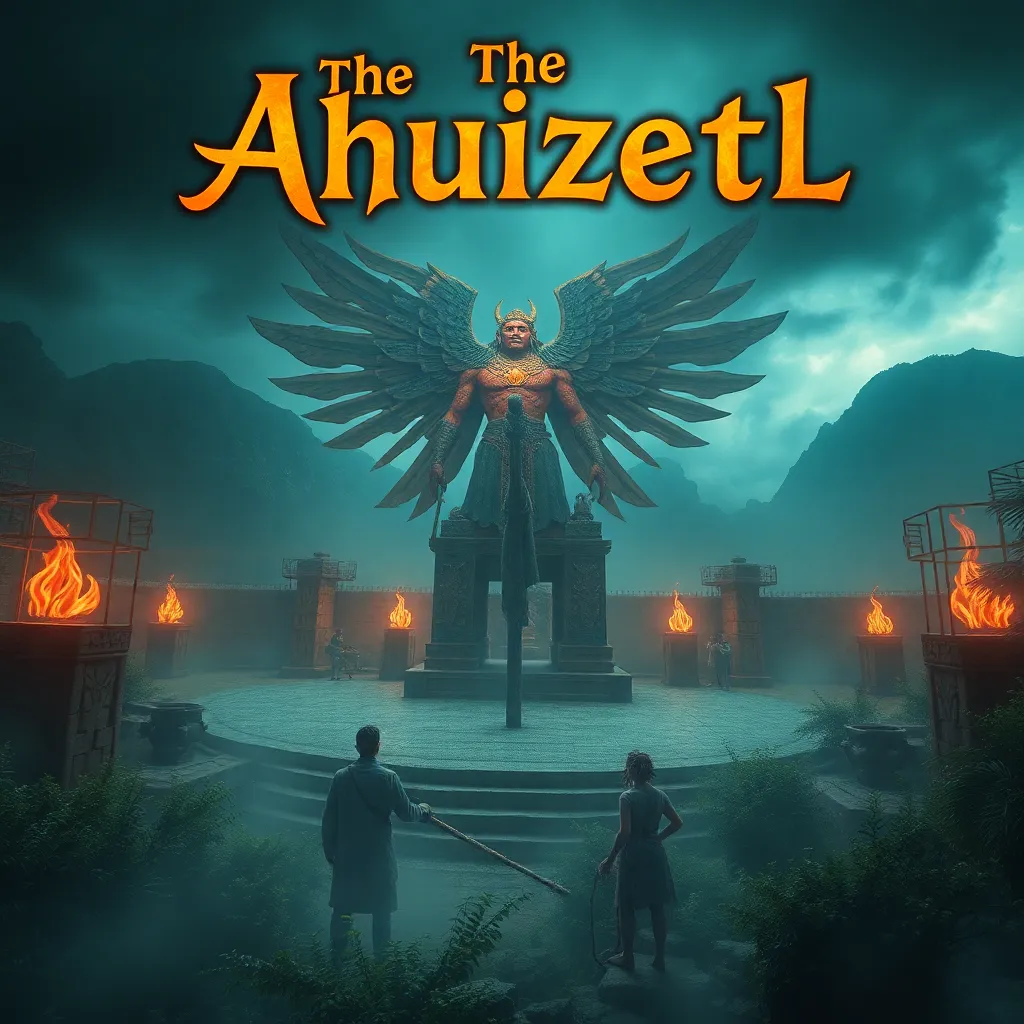The Strigoi: Romanian Vampire Folklore & Rituals
I. Introduction
The term Strigoi refers to a type of undead creature found in Romanian folklore, often likened to a vampire. These beings are believed to rise from the grave and haunt the living, embodying the fears and superstitions prevalent in traditional Romanian culture. The Strigoi is not just a figure of horror but also a complex symbol reflecting the cultural significance of vampire legends in Romania.
Vampire legends have played a pivotal role in shaping Romanian identity, intertwining with history, religion, and local customs. This article aims to delve into the rich tapestry of Strigoi lore, exploring its historical roots, characteristics, cultural impact, associated rituals, and regional variations, while also considering its place in modern society.
II. Historical Background of Strigoi
The origins of the Strigoi legend can be traced back to ancient Romanian beliefs, where the dead were thought to possess the ability to return to the living world. This belief was influenced by various historical events, such as the spread of Christianity, which often interacted with and altered pagan customs.
Throughout history, the Strigoi has been compared with vampire myths from different cultures, like the Nosferatu of Eastern Europe and the Vampyr of Western traditions. Each culture’s unique take on the vampire mythos has contributed to a rich, shared narrative about death and the afterlife.
III. Characteristics of the Strigoi
Strigoi can be categorized mainly into two types: Strigoi Morti (the dead) and Strigoi Vii (the living). The former are the souls of the deceased who have risen from their graves, while the latter are believed to be living individuals with supernatural abilities.
- Physical Attributes: Strigoi Morti are depicted as decayed and ghastly figures, while Strigoi Vii are said to appear as ordinary people but possess heightened senses and powers.
- Behavior: Strigoi are often described as malevolent, preying on the living, especially during the night. They may drain the life force from their victims, similar to how vampires are portrayed in other cultures.
Common misconceptions about Strigoi often stem from popular media, which tends to merge various vampire myths. In reality, Strigoi have a unique set of characteristics and cultural significance that differs from the modern Hollywood interpretation of vampires.
IV. Strigoi in Romanian Culture
Strigoi play a significant role in traditional Romanian storytelling, often appearing in folktales and legends that have been passed down through generations. These stories serve not only as entertainment but also as cautionary tales, warning against various moral failings.
In contemporary media, Strigoi have found their way into films, literature, and art, reflecting a revival of interest in folklore. This representation often blends traditional elements with modern themes, appealing to a wider audience and helping to preserve Romanian heritage.
The impact of Strigoi on Romanian identity is profound, as they symbolize a connection to the past and embody the cultural narrative of life, death, and the supernatural. They are an integral part of the national folklore, contributing to the richness of Romanian culture.
V. Rituals and Practices Associated with Strigoi
Throughout history, various rituals have been practiced to identify and combat Strigoi. Common methods included:
- Observing unusual behavior in the deceased before burial.
- Performing specific rites to ensure the dead do not return.
- Using garlic, holy water, and other protective items to ward off Strigoi.
Rituals for preventing or combating Strigoi often involved communal participation, reinforcing social ties within communities. Modern adaptations of these ancient practices continue to exist, albeit in altered forms, reflecting a blend of tradition and contemporary beliefs.
VI. Regional Variations of Strigoi Beliefs
Strigoi beliefs vary significantly across different regions of Romania. For instance, in some areas, Strigoi are primarily associated with agricultural misfortunes, while in others, they are linked to personal grievances and social conflicts.
Influences from neighboring cultures, such as Hungarian and Slavic traditions, have also shaped local Strigoi lore. Each community may have its unique practices and stories, showcasing the rich diversity within Romanian folklore.
Case studies of specific communities reveal fascinating insights into how Strigoi legends are maintained and adapted over time, often reflecting broader societal changes and challenges.
VII. The Strigoi in Modern Society
Beliefs in Strigoi persist in contemporary Romania, where they are often invoked in discussions about the supernatural. While many view these stories as folklore, others still hold onto traditional beliefs, particularly in rural areas.
The Strigoi have also influenced tourism, with many visitors drawn to Romania’s rich vampire lore, exploring castles, museums, and folklore festivals. This interest helps to promote cultural heritage and preserve the narratives around Strigoi.
Furthermore, the role of Strigoi in discussions about folklore and mythology underscores the importance of these narratives in understanding cultural identity and history.
VIII. Conclusion
The enduring legacy of the Strigoi serves as a testament to the power of folklore in shaping cultural narratives. These tales connect us to the past and provide insights into the fears, beliefs, and values of a society.
Preserving folklore like that of the Strigoi is crucial for maintaining cultural heritage. It encourages respect for diverse narratives and promotes understanding in a global context.
As we explore the rich tapestry of vampire legends, let us appreciate and honor the traditions that continue to influence our understanding of life, death, and the supernatural.



